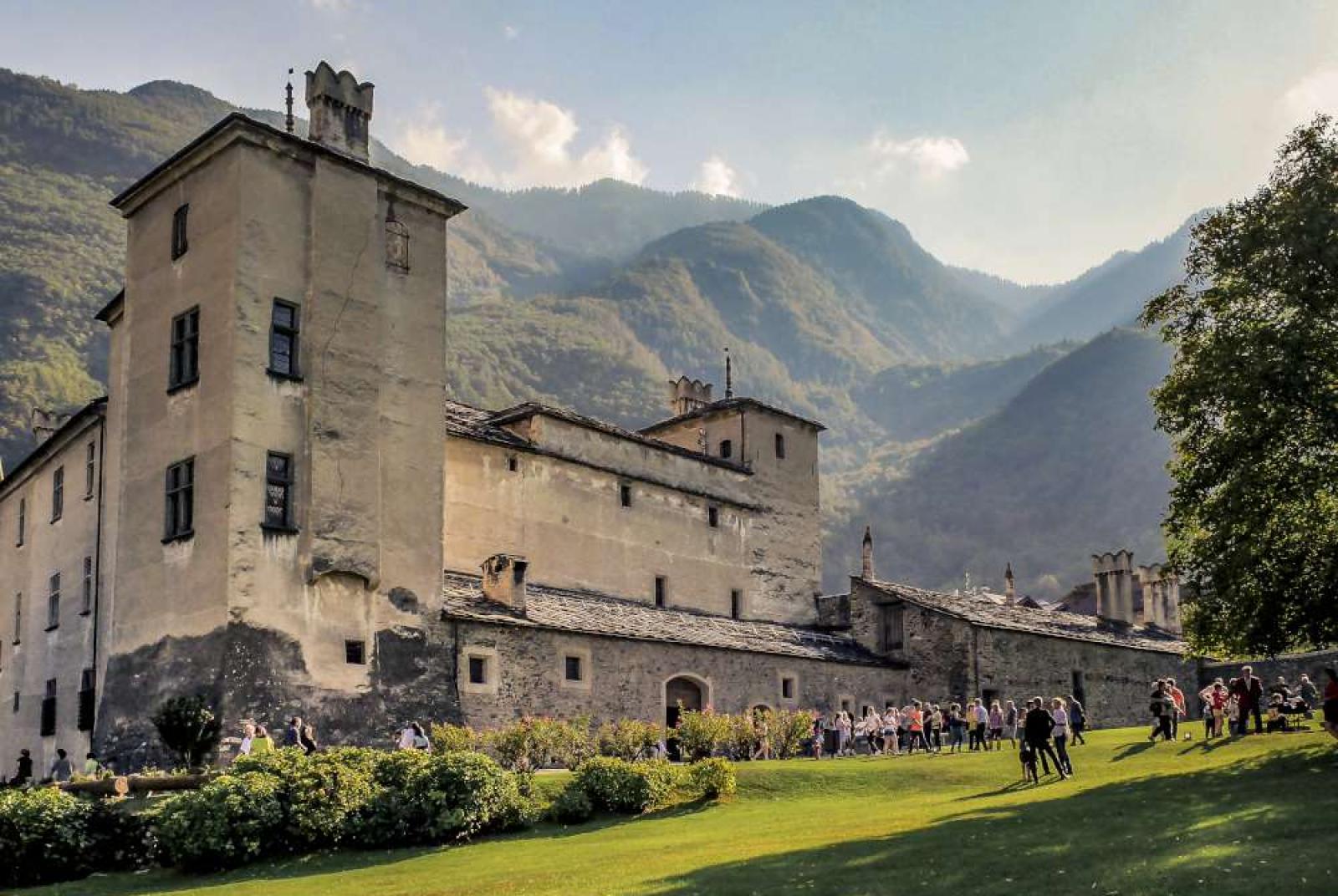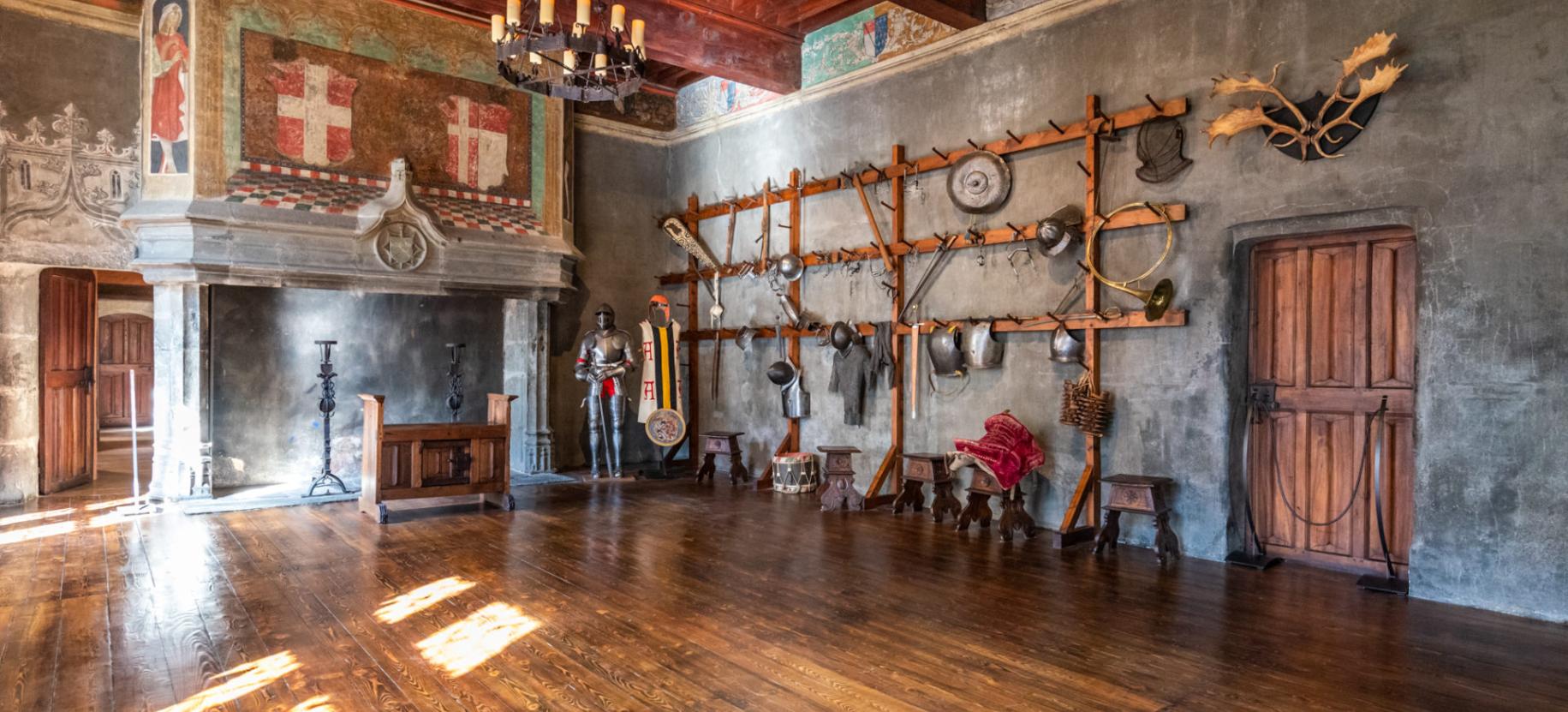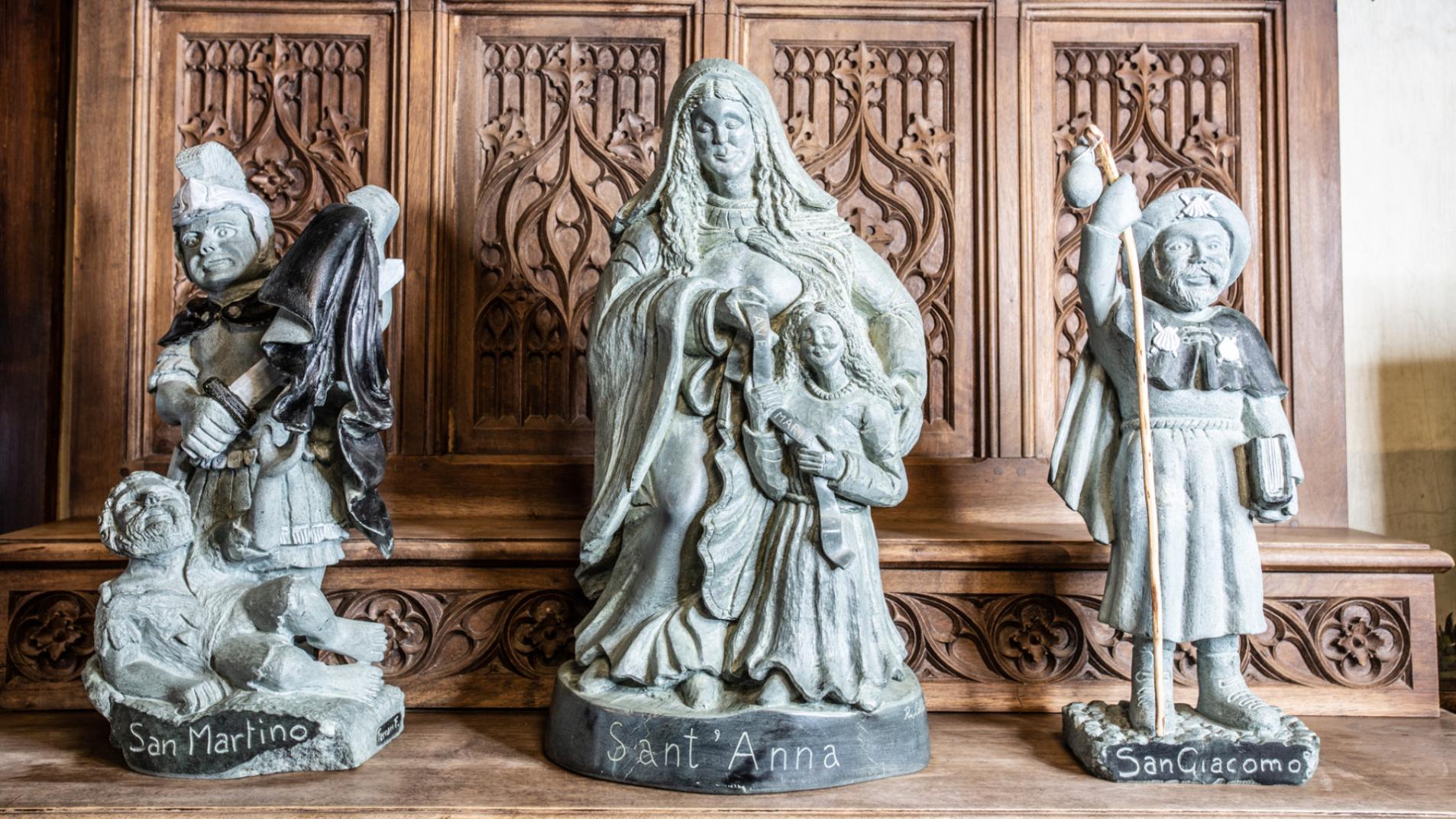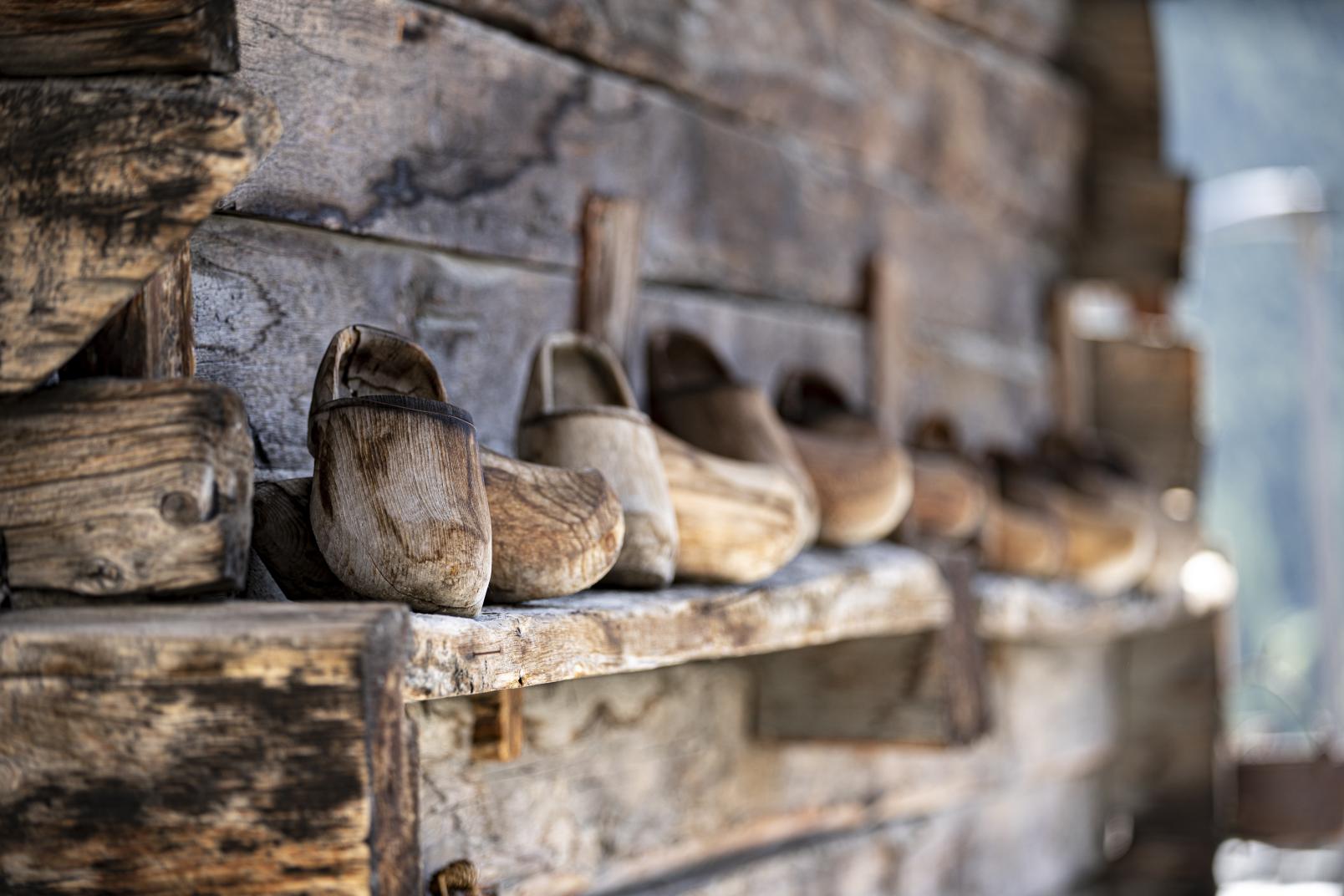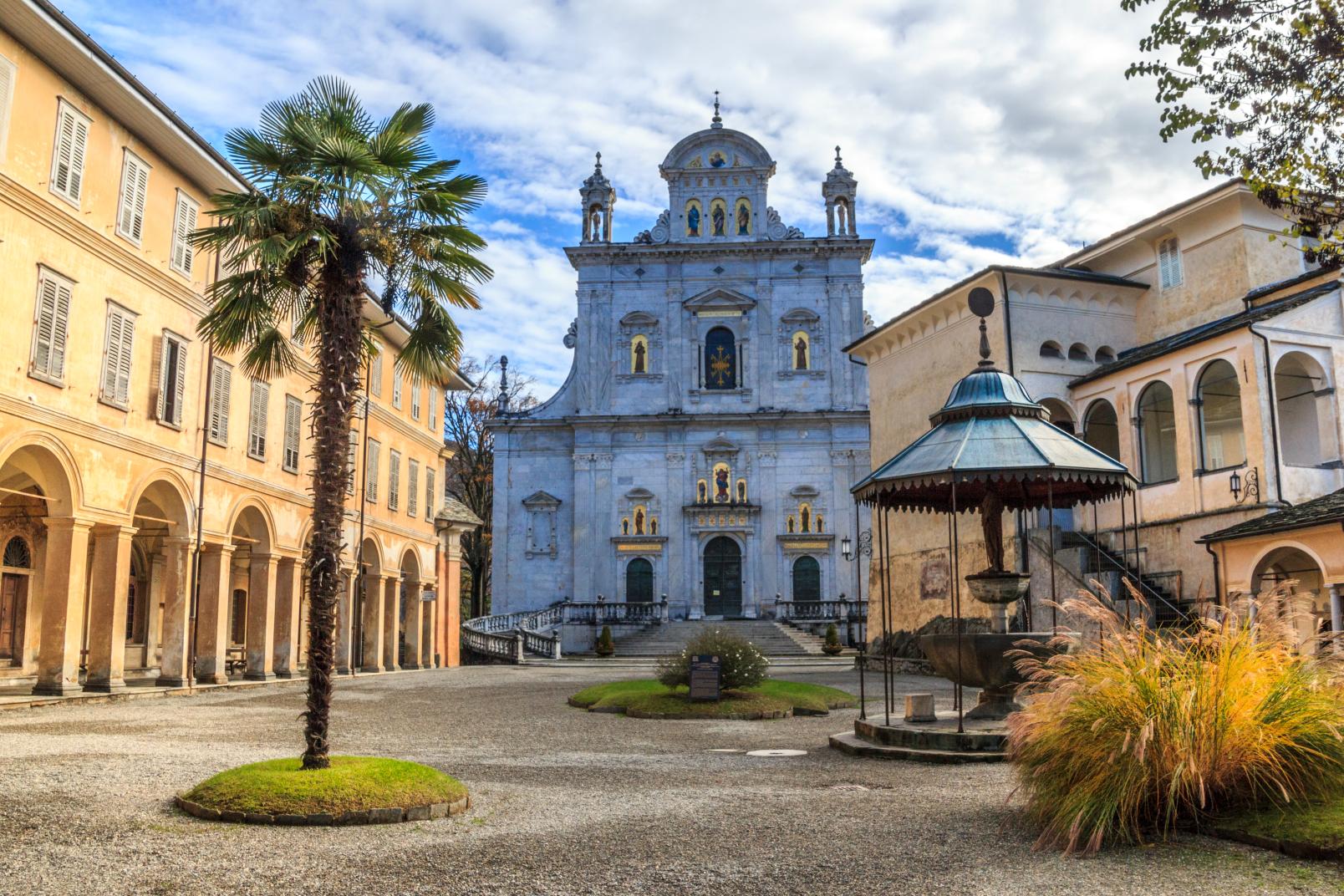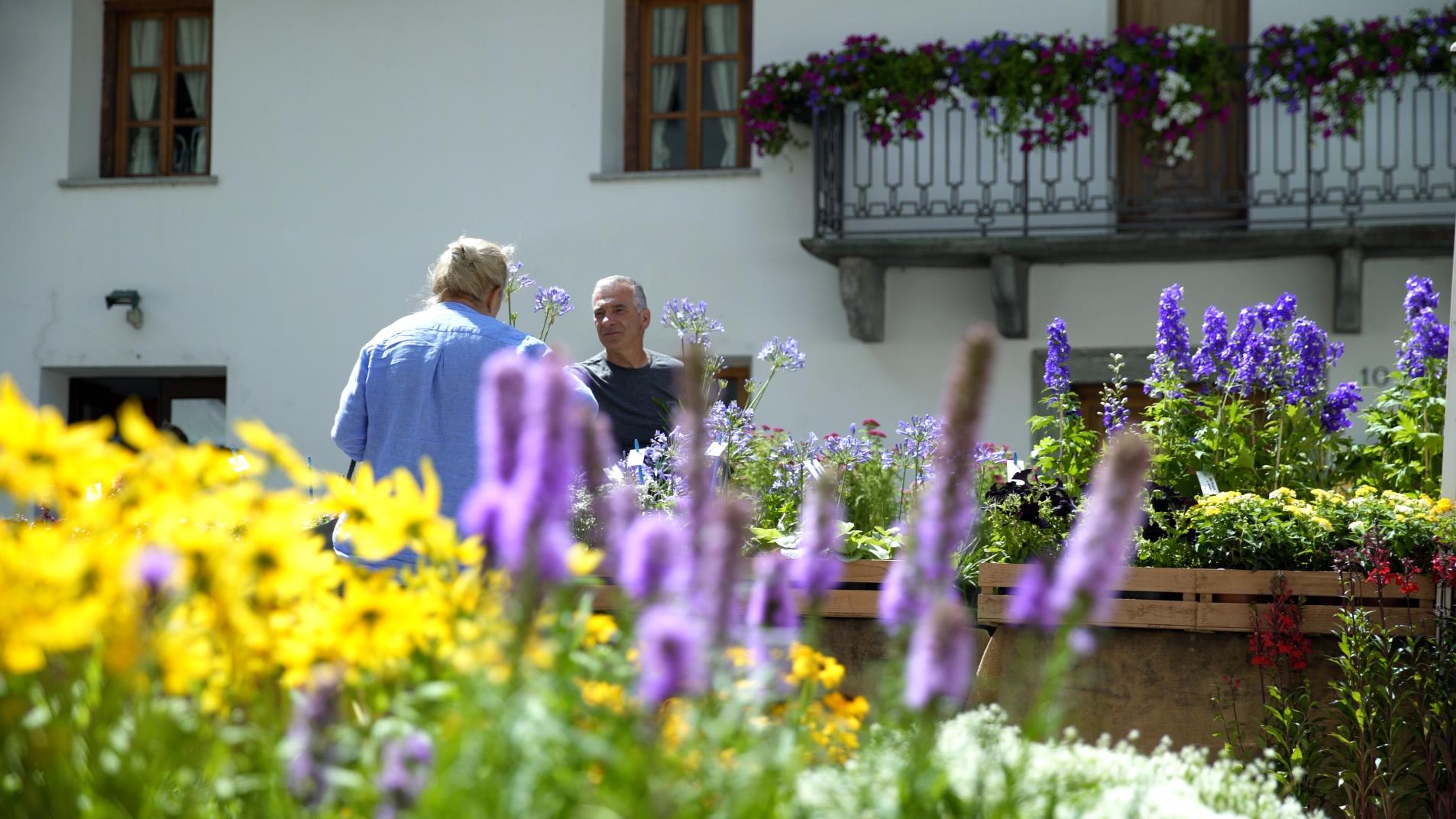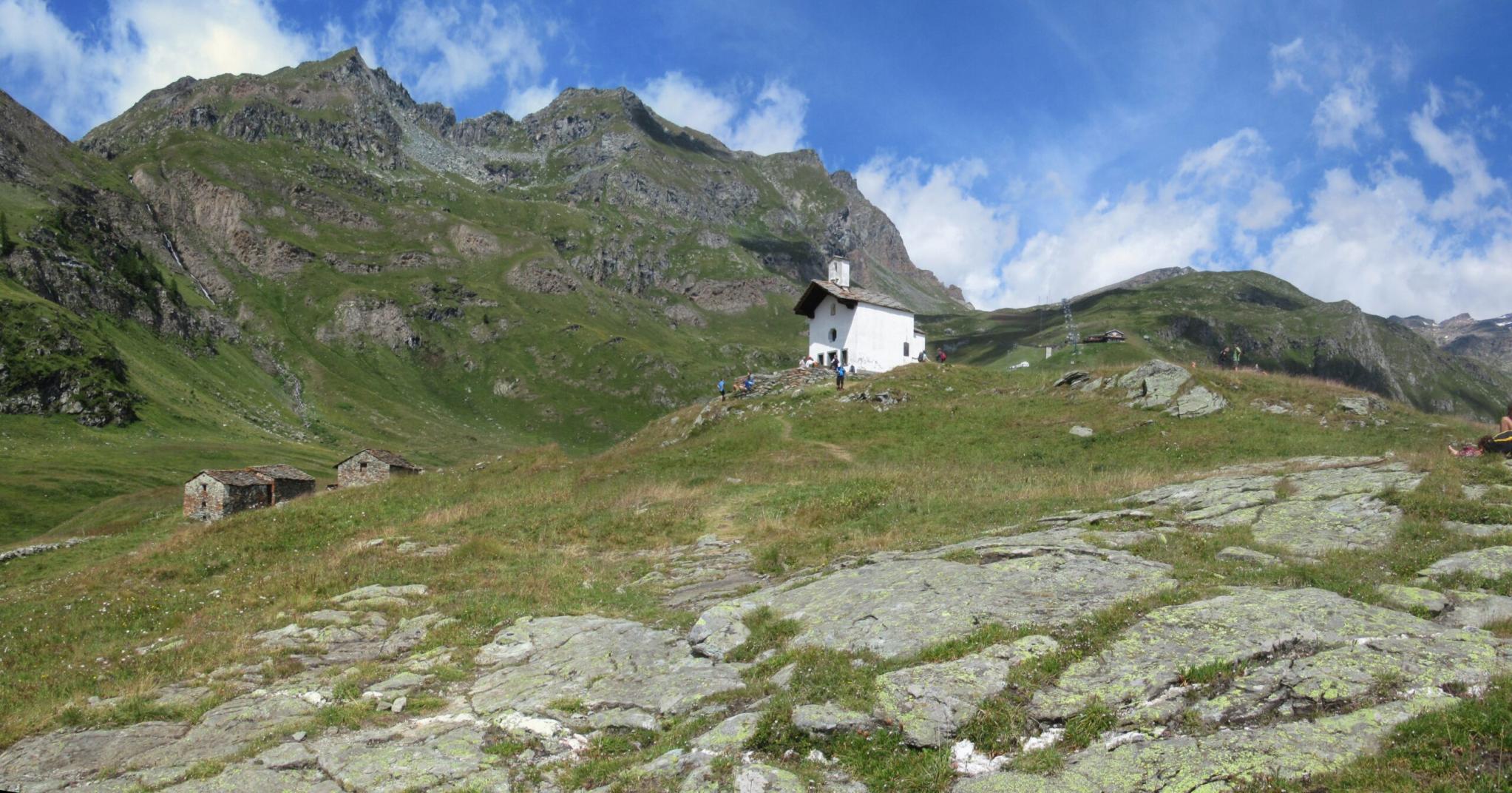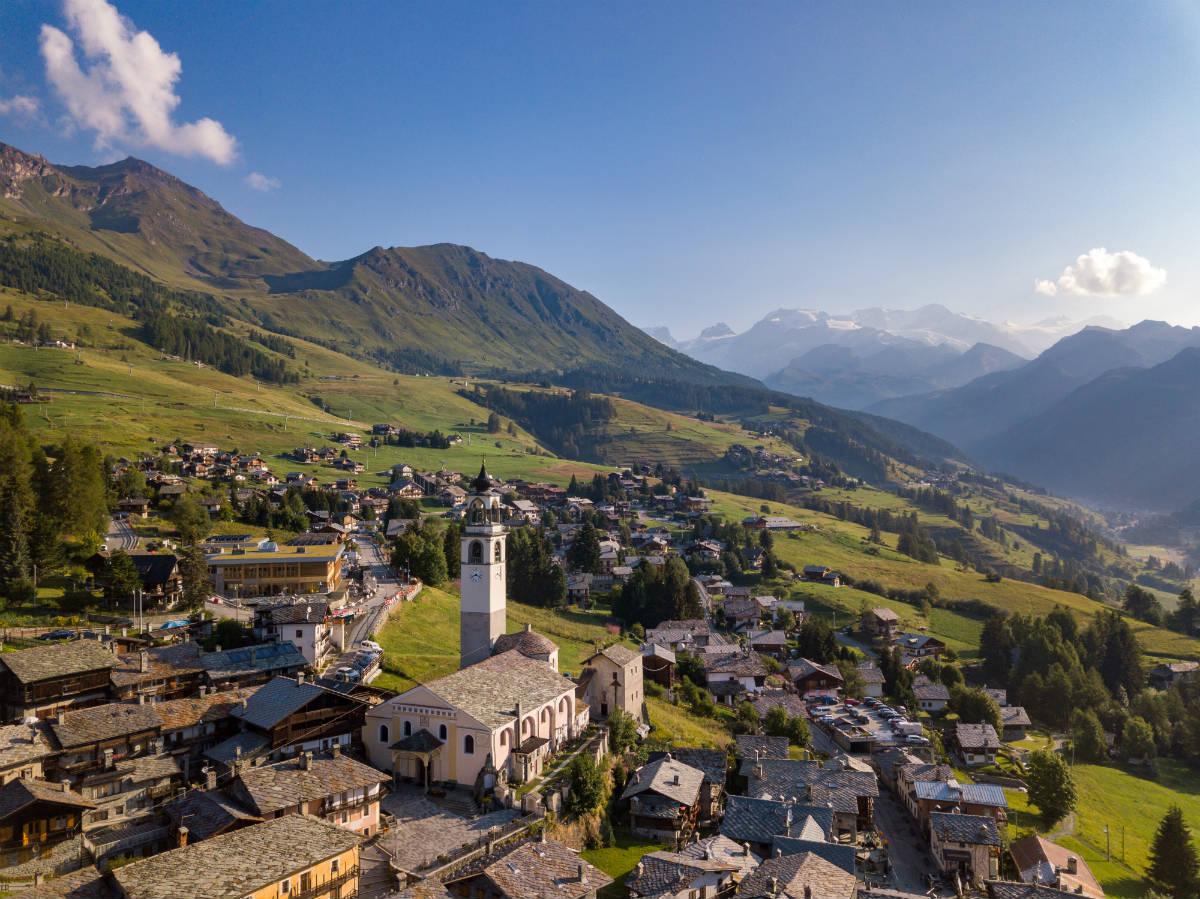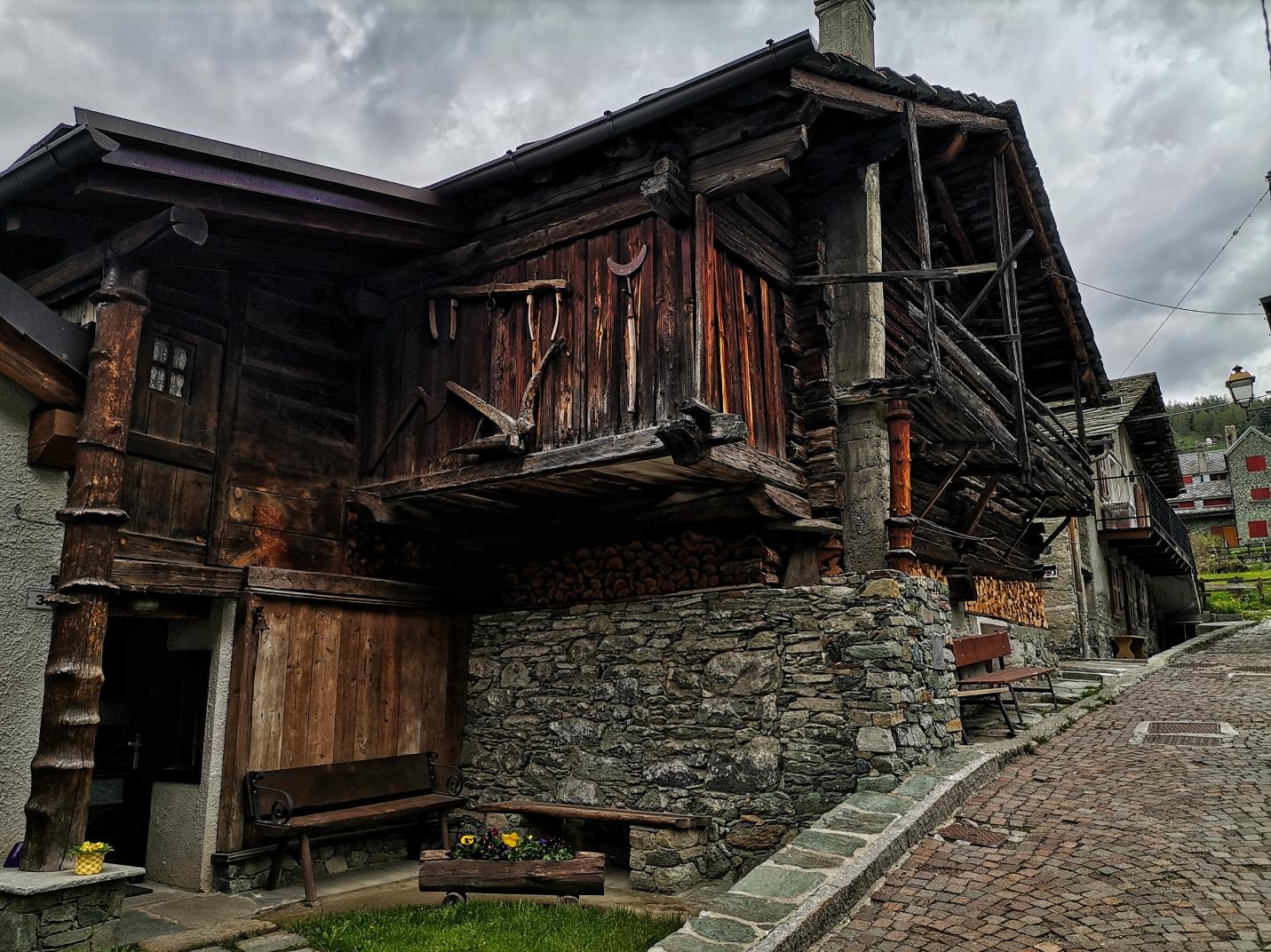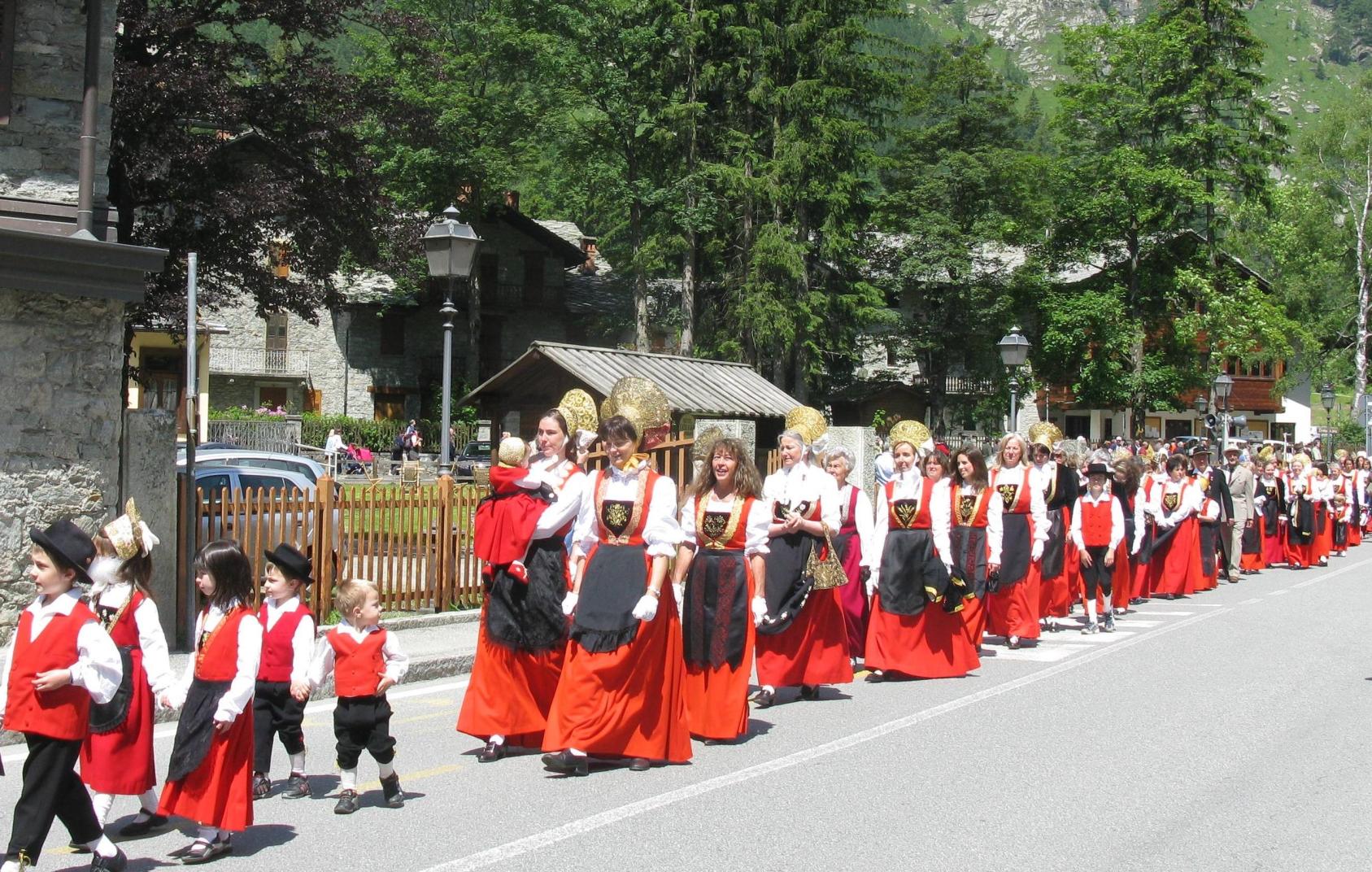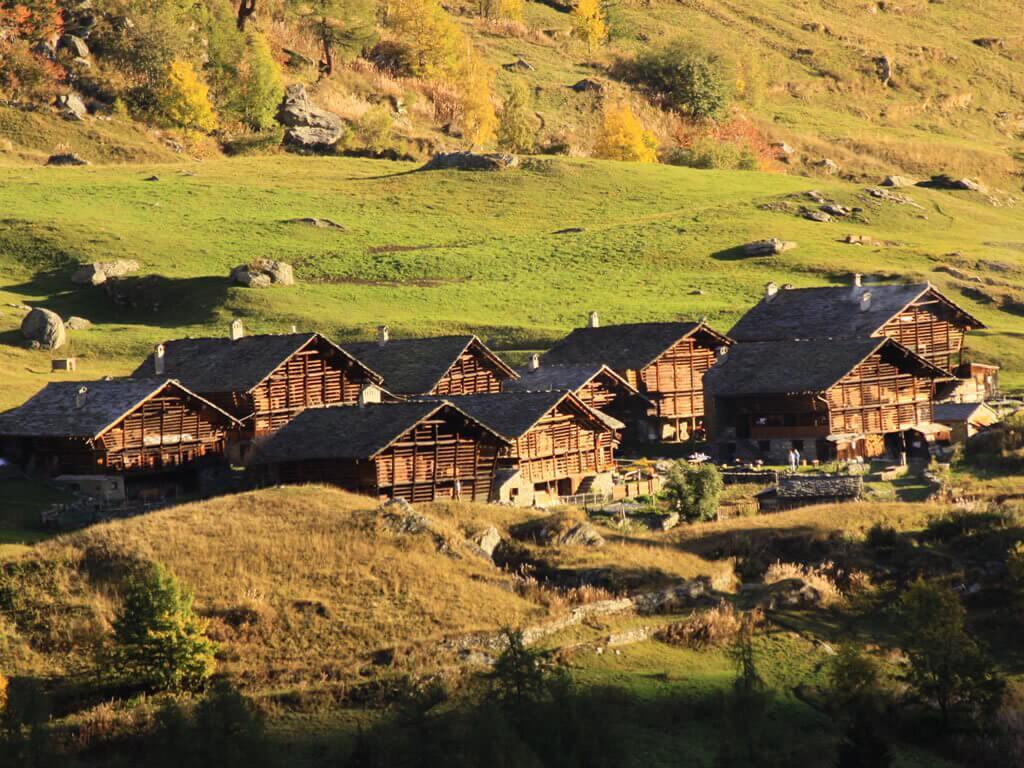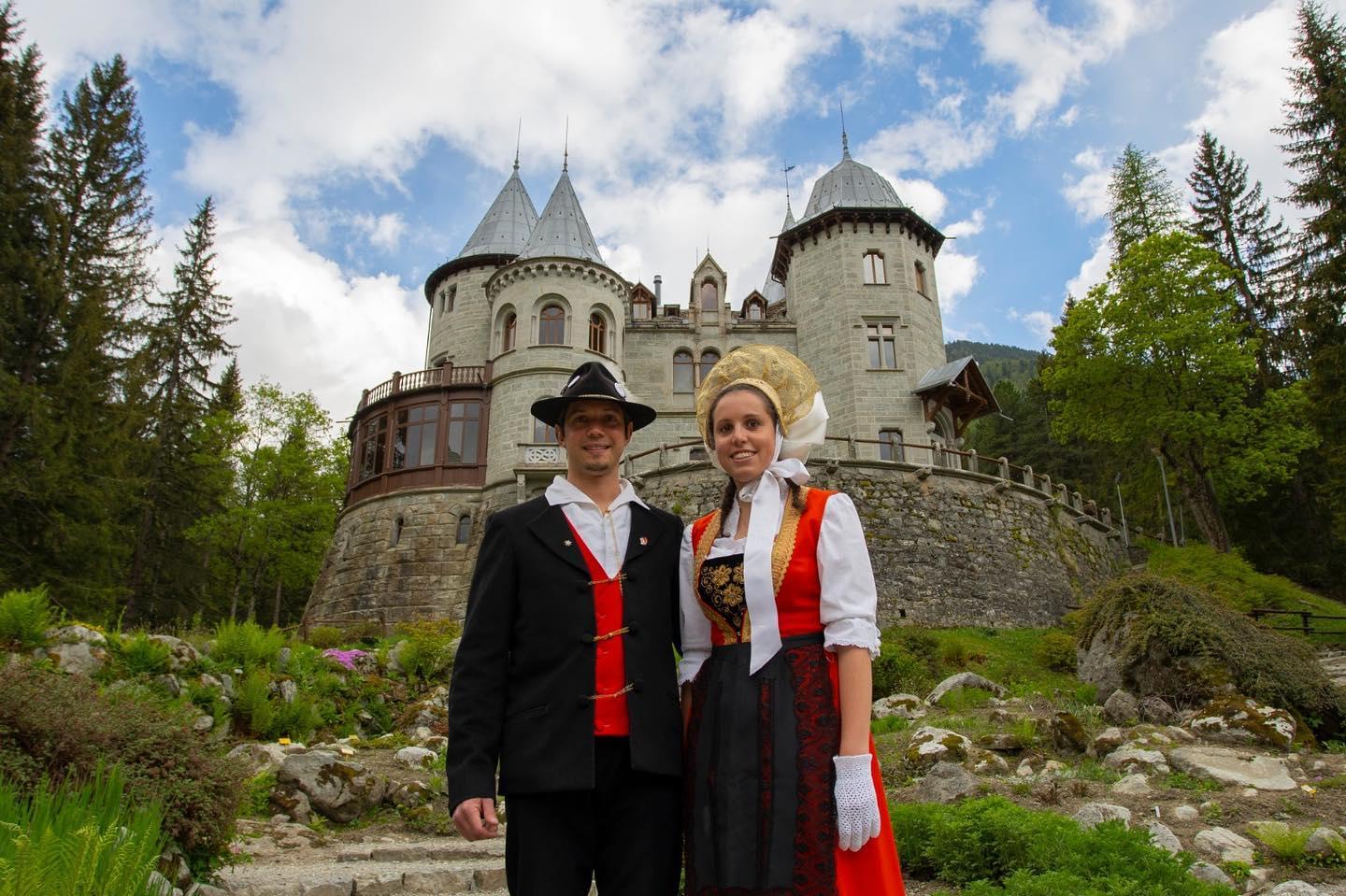The castle of Issogne, which on the outside appears as an anonymous palace, hides inside a splendid courtly residence, miraculously preserved in its appearance of the early sixteenth century.
Built on a site inhabited since Roman times, has ancient origins: already in the twelfth century is documented a tower belonging to the bishop of Aosta. Later became the property of the Challant family, it grew several times until at the end of the fifteenth century, by the work of the prior George of Challant, a cultured and refined character, the various bodies were united to form a more homogeneous complex. They were made of loggias, frescoed the courtyard, the porch and some internal rooms, enlarged the walls to contain a garden and a courtyard with the famous fountain of the pomegranate in wrought iron.
The castle has seen the unhappy events of Renato, an important member of the Challant family who held the most prestigious positions within the Savoy states but who, like Francesco, lord of Verrès and first count of Challant, a century before, had no sons. The cause for the succession to the fief lasted over a century and weakened the family irreparably.
After a period of decline, the castle was purchased at the end of the 19th century by the Turin painter Vittorio Avondo who restored it at his expense with great taste and rigor, before donating it to the Italian State.

